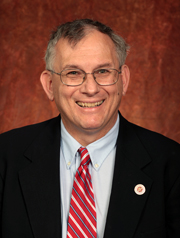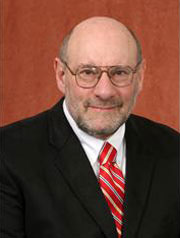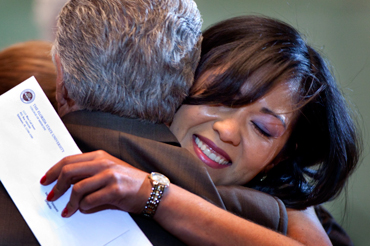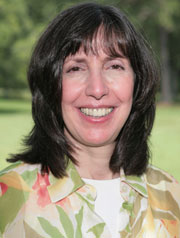CONTACT:
Brad Schmidt, (850) 644-1707; schmidt@psy.fsu.edu
or Natalie Sachs-Ericsson, (850) 644-4576; sachs@psy.fsu.edu
By Jill Elish
December 2009
TALLAHASSEE, Fla. - Every New Year, many smokers resolve to kick the habit but older smokers may have a leg up on their younger counterparts, according to Florida State University researchers who developed an intensive 16-week cessation program.
Psychology professors Natalie Sachs-Ericsson and Brad Schmidt surveyed 88 smokers participating in the cessation program and found that older smokers were more likely to cite health concerns as the reason they wanted to quit, while younger smokers were more motivated by financial reasons or the desire to prove their self-control.
“Many of the older smokers have significant health problems,” Schmidt said. “When there is the combination of a health issue and distress about that issue, we see a high motivation to quit. Young people intellectually understand the health risks of smoking, but these risks do not appear to be sufficiently salient in terms of what it takes to get them to quit.”
Consequently, it’s the older smokers — defined as those 55 and older — who are having more success in quitting. Of 37 participants — 19 of whom were over 55 and 18 younger — who had completed a follow up at least one month after the treatment, 68.4 percent of the older participants were smoke-free versus 44.4 percent of younger smokers.
“The older smokers have so much more work to do because they have been smoking longer, smoke more and are more addicted,” Sachs-Ericsson said. “They are very distressed about their health. But it is this very distress and concern for their health that plays a pivotal role in their motivation to quit.”
The findings are significant because current treatment plans do not consider different motivations for quitting across the lifespan, according to Schmidt and Sachs-Ericsson. They are now developing a proposal for a unique new treatment plan that specifically targets older smokers.
“The needs of individuals and effective tools in smoking cessation treatments may differ depending on the age of the individual,” Sachs-Ericsson said. “We believe we may have an even higher rate of smoking cessation success among older adults if we would more directly address their health concerns and the considerable benefits they will experience, even at a late age, from smoking cessation.”
Cigarette smoking is the leading cause of preventable death and disability in North America, but overcoming nicotine addiction is very difficult without a multifaceted strategy such as the one the Florida State program employs, according to Schmidt.
The researchers, in collaboration with College of Medicine Assistant Professor Mary Gerend, developed the cessation program with a $375,000, three-year grant from the James and Esther King Biomedical Research Program. It includes education, group sessions with a therapist and nicotine replacement therapy, also known as “the patch.”
Daily smokers between the ages of 18 and 65 who are in good health are eligible to participate in the program. Participants are expected to attend screening appointments, weekly group sessions and follow-up appointments. In return, they will receive free nicotine patches and can earn up to $120 for taking part in the assessments.
For more information, call the Anxiety and Behavioral Health Clinic at (850) 645-1766 or visit





 TALLAHASSEE, Fla.— All 94 students in The Florida State University College of Medicine Class of 2010 received notification today of where they will enter residency training or continue their education this summer after graduation.
TALLAHASSEE, Fla.— All 94 students in The Florida State University College of Medicine Class of 2010 received notification today of where they will enter residency training or continue their education this summer after graduation.